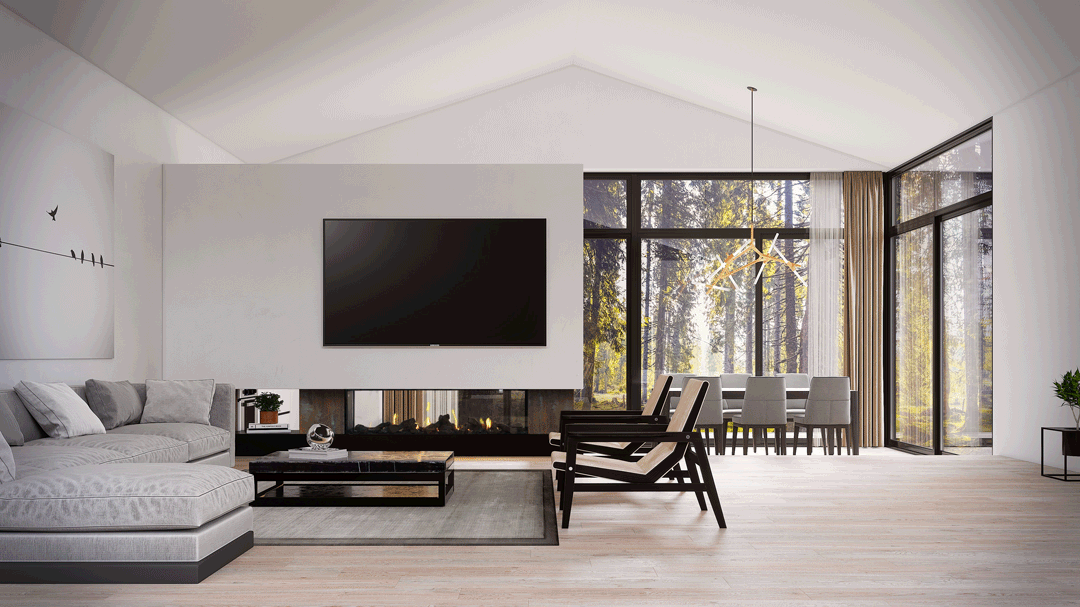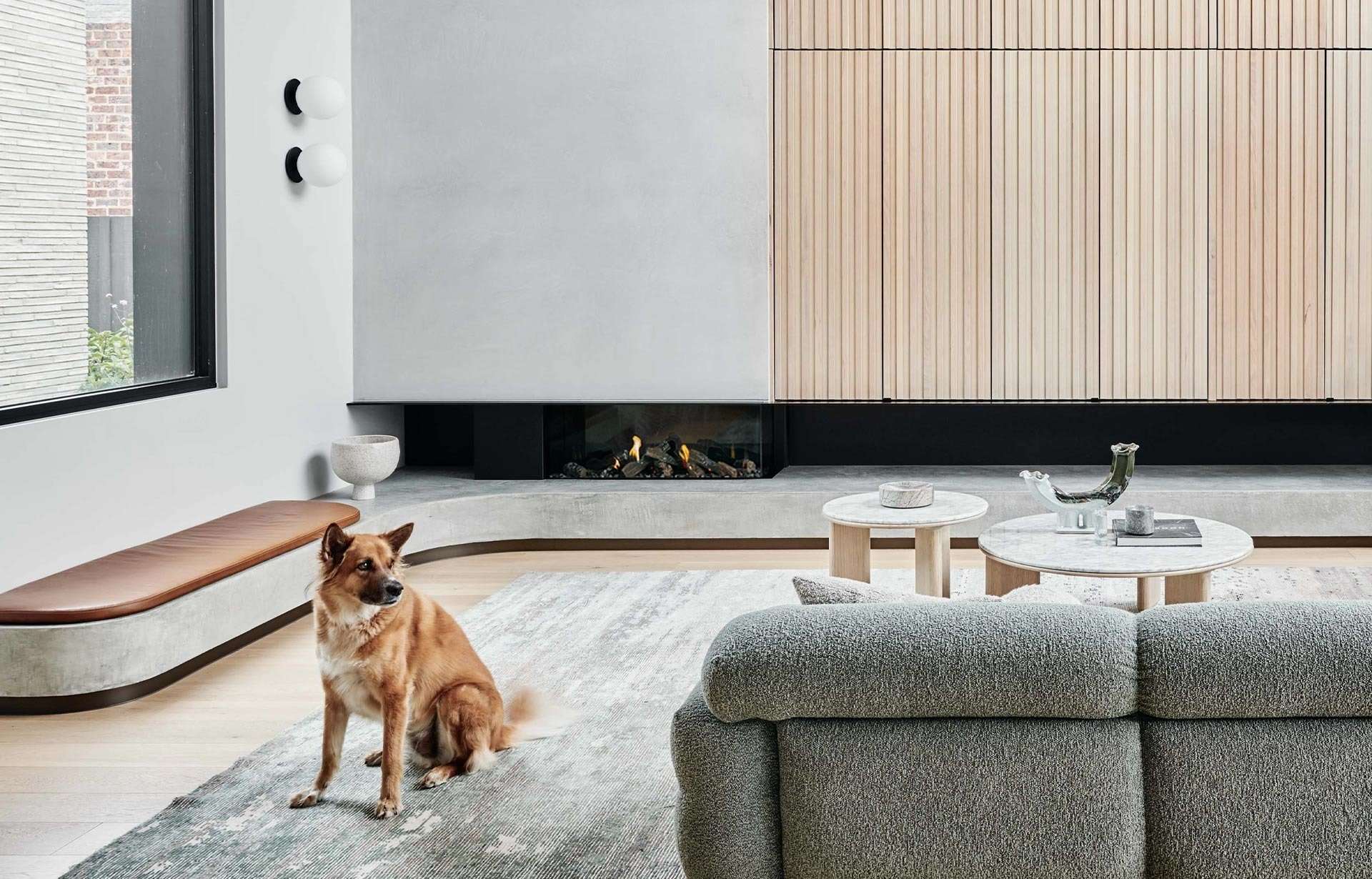We often say that 'home is where the heart is' and this statement holds more truth than we know. Our home affects our mental health and the study of environmental psychology reveals what we need to do to maximise our productivity in whatever space we spend time in. We’re sharing the top three ways you can use environmental psychology to improve your well being and mental health at home or work.
The Colour Scheme
We all have colours we like and dislike. Colours are reflected in our mood and speech, we’ve all said lines like "all I could see was red" (to communicate moments of anger), we’re "green with envy," and when we’re feeling depressed we will say "we’re blue".
Colours have a psychological effect and if you design consciously you can use this to your advantage. For example, if you’re looking to create a space that boosts creativity use colours like yellow and orange, which are associated with the sun and energy. If we’re looking to unwind and relax, colours of green and blue can be incorporated to invoke a feeling and sense of calm.

Tips:
Many of us don’t have the pleasure of painting an entire wall in our office or home with a certain colour to alter our mood but we can incorporate them in our space with relative ease.
- Decorate a wall with two or more pieces of block colour wall art that reflects the mood you’re trying to capture in that area of your home or office.
- Colour the tools that you’re using in that space with the mood you’re trying to achieve for that space. Everything from the desk you’re working on to the containers in which you hold things, colour them with the mood you want to capture.
- Remove any conflicting colours from the space - if you’re working in a room and you’re looking to relax you don’t want reds, yellows and oranges splashed everywhere.

Make The Most of The Light
If you’ve ever worked in a poorly lit environment, or late at night without the natural light, you know how this affects your mood and productivity. Low levels of light and a lack of natural light have been linked to depression in numerous studies.
If you're building or designing your home, make sure you make the most of natural light with good positioning, lots of windows and even skylights for rooms with less natural light.

For those looking to work better lighting into their existing rooms, you could try light therapy. This is often used as the first line of treatment for seasonal depression and it can combat the issue of the lack of natural lighting in your home or office.
To do this you will need to buy a light therapy lamp. Here is what you need to know about getting your own:
- Whiter and brighter is usually better. The brightness of a lamp is measured in Lux, and the higher the Lux rating, the more light it gives off. For the best results get a light therapy lamp within the range of 2,500 to 10,000 Lux range. The brighter the lamp the less exposure is required per day but may cause discomfort if you’re getting too close.
- Light therapy lamps are available in different varieties with different bulb types. You can find bulbs that are available in incandescent, fluorescent and LED varieties. The LED is the most energy and cost efficient.
Sort your Space
Even the most creative of us need a certain amount of order to perform well. We all know when our rooms are messy and we can’t find things it causes us to become flustered, frustrated and disorganised. All of the science points towards the same things too.
The way an environment is structured, whether it be in the home, at work or the community around us, can either restrict or promote our spatial cognition. It affects the way we think of our environment and the way we think about ourselves. The same thing can be said if we have a lack of greenery in those areas. Here is what you can do to change your space and give it some life:
- Is your home office crowded, cluttered and hard to find things? Rearrange the space so that it is easy to access whatever you need whenever you need. Our brains can handle so much input at once and a crowded space takes up that precious mental real estate you need for work and creativity.
- Add some greenery. It not only improves the air quality, a recent study also found that office productivity rose by 15% when plants were added to the space. By introducing plants into your home office space, you will increase a sense of calm and focus.
- Go open plan. It’s been found that creativity requires open space to promote spatial cognition because it helps to look at a space that isn’t crowded.

Your home and your well being are connected. If you’re not paying attention to your environment you’re not paying attention to your health.










